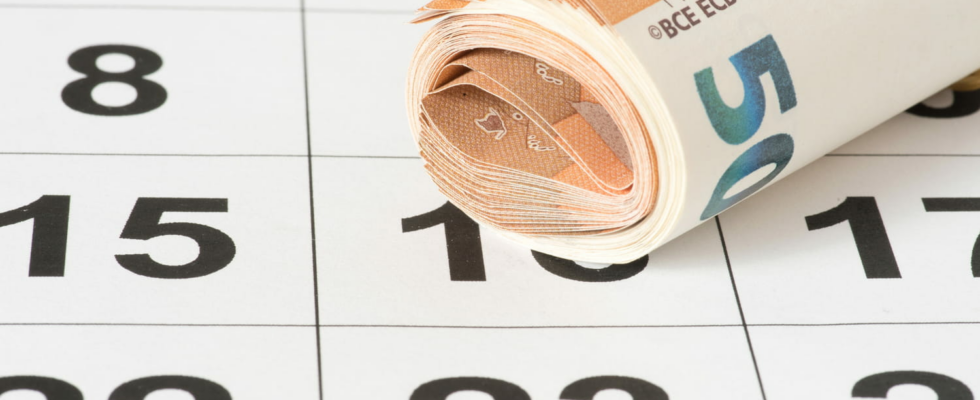Even without being a financial expert, it is possible to optimize the return on your savings by carefully choosing the dates of payment and withdrawal of your money.
Like many consumers, you probably have one or more savings products with your bank, into which you regularly deposit a portion of your income. Livret A, Livret d’Épargne Populaire (LEP) or Livret de Développement Durable et Solidaire (LDDS), there are many easy-to-access and risk-free financial investments that allow you to put aside for the future while limiting the effects of inflation on your money.
While the interest rates on these products are not amazing, it is still possible to optimize their performance a little by choosing your deposit and withdrawal dates carefully. In fact, on most savings accounts, interest is calculated according to the fortnightly rule: the amounts deposited produce interest twice a month, for a full period of fifteen days. Thus, depositing your money too late or withdrawing it too early in the month can be counterproductive.
For example, an amount paid into a savings account on the 5th of the month will only produce interest from the 16th, needlessly depriving you of cash during the eleven days between these two dates. To fund a savings account, it is therefore better to choose the last days of each fortnight. However, as some banks have a deadline for executing transfers, it is preferable to take a safety margin of one or two days, in order to avoid a payment made on the 15th not going through until the next day, and not starting to produce interest until the 1st of the following month. If you want to schedule recurring transfers to a savings account, opt for the 13th-14th or the 28th-29th of the month.
Regarding withdrawals, the fortnightly rule also applies but works in an even more unfavourable way. The amounts withdrawn stop producing interest from the first day of the fortnight during which you carried out the transaction! Thus, an amount withdrawn from your savings account on the last day of the month will not generate any interest for the period from the 16th to the 30th. You will then lose a full fortnight of interest, while your money was tied up in your account during this entire period. Following this principle, it is better to withdraw sums from your savings accounts during the first days of each fortnight, such as the 16th-17th or the 1st-2nd of each month.
These optimizations of deposits and withdrawals on your savings accounts may seem minimal, but will have a significant cumulative effect over a full year. And their impact will be even greater during significant transactions. For example, if you have to dip into your Livret A or your LDD to finance large predictable expenses, such as a move or end-of-year holiday gifts, delay your withdrawal as much as possible and try to do it after the 15th or 30th of the month. And in the same way, if you receive a bonus or profit-sharing at the end of the year and you want to invest it, don’t wait too long and try to deposit the amount before the 16th of the month or the 1st of the following month!
